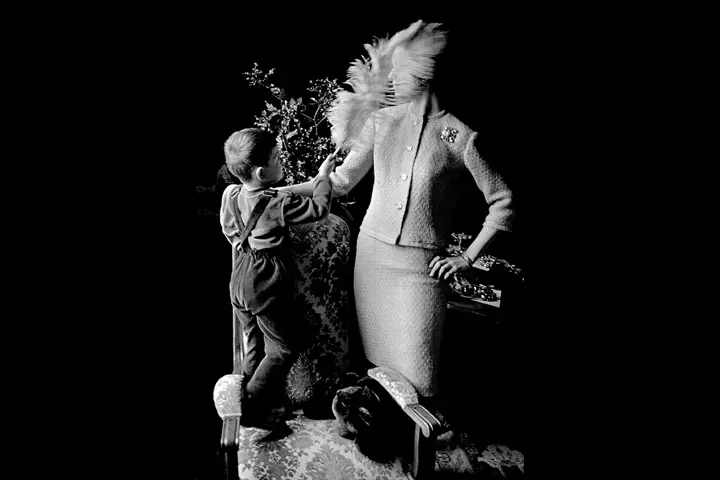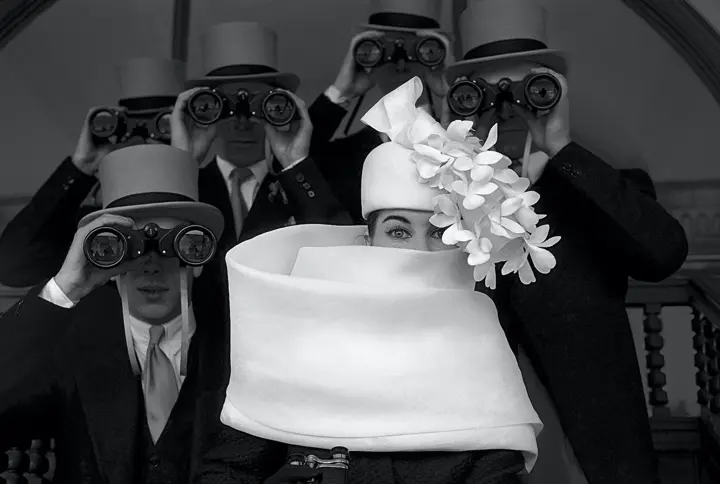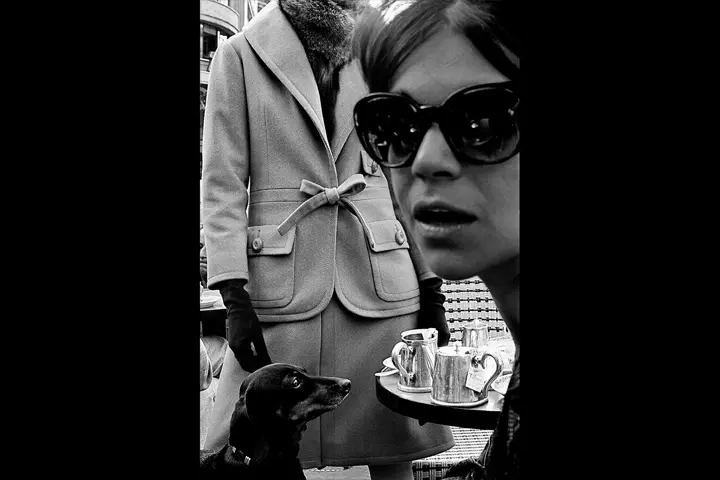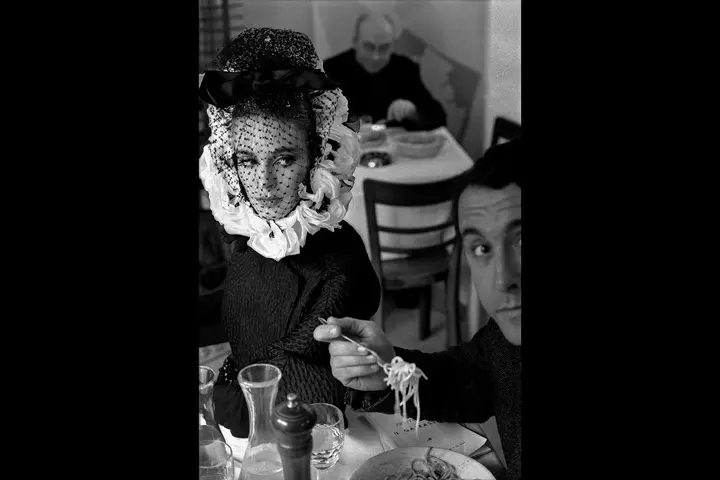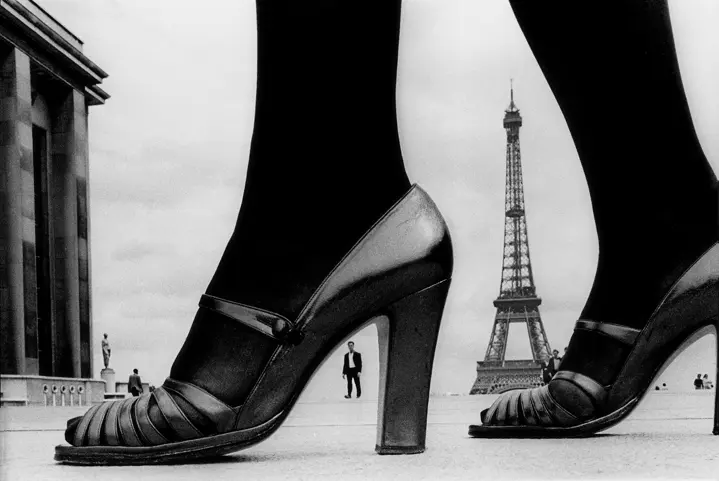Images defined by elegance, dynamics and perfection: with his unique visual language, Frank Horvat is considered one of the most important photographers of the 20th century. Above all, it was his innovative fashion imagery that earned him renown as a trend-setter. The selection of pictures presented here and taken during the fifties to seventies, offers insight into the diversity of the Leica photographer’s life’s work.
Horvat’s first fashion picture was published at the beginning of the fifties, and the following decades would see the further development and refinement of his inimitable style. Like few others, he managed, early on, to incorporate instances of reportage photography within the context of staged fashion imagery. “Without stories to tell, fashion would never have really interested me,” the photographer admitted frankly, during a retrospective of his work. The models he photographed were not simply motionless statues presenting luxurious outfits; he preferred to expand their repertoire with dynamic poses, drawing fashion into life-like reality. His experiences as a photojournalist were decisive for his unusual style, which stirred up the rather conventional fashion photography of the time. In line with the motto of Alexey Brodovitch, the legendary Art Director of Harper’s Bazaar, Horvat wanted to surprise: to do so, he took his models out onto the streets of Paris, into the metro, to the race track, and onto the rooftops. The resulting motifs have lost none of their power to delight us.
Another aspect of Horvat’s fashion photography was the decision, made early in his career, to work with 35mm. Initially, his style of working with a Leica and taking the models out onto the streets was not easy to implement for the editorial offices of the magazines. However, the resulting quality of his unusual picture series quickly earned him acclaim, commissioned assignments, and international appreciation.
“Please don’t smile” was a directive Horvat often used during his photo shoots. He was not interested in artificial smiles. Yet, when he played with perspectives, or questioned the roles and relationships of the women and men in his pictures, many viewers did indeed smile – and continue to do so to this day!
Frank Horvat was born on 28th April 1928, in the formally Italian town of Abbazia (today Opatija, Croatia). Racial persecution led the family to flee to Switzerland in 1939. Initially, the fact that he was to cause a sensation as a fashion photographer was not apparent from his professional biography. Though he was enthusiastic about photography as a youngster, he actually wanted to be a writer. He first studied at the Art Academy in Milan, and worked in an advertising agency, before discovering and teaching himself reportage photography. A short while later, he was introduced to Leica by Henri Cartier-Bresson. After a year in London, Horvat moved to Paris in 1955, where he lived until the end of his life. Until the eighties, fashion and commercial photography remained his main areas of activity, after which, personal and free series gained importance. He experimented well into his old age, used digital technology, and re-interpreted his early work. Numerous photo books offer proof of the photographer’s apparently endless creativity. Frank Horvat passed away in Paris, on 21th October 2020.
Leica Gallery Wetzlar
Leica Camera AG Am Leitz-Park 5
35578 Wetzlar
Germany
